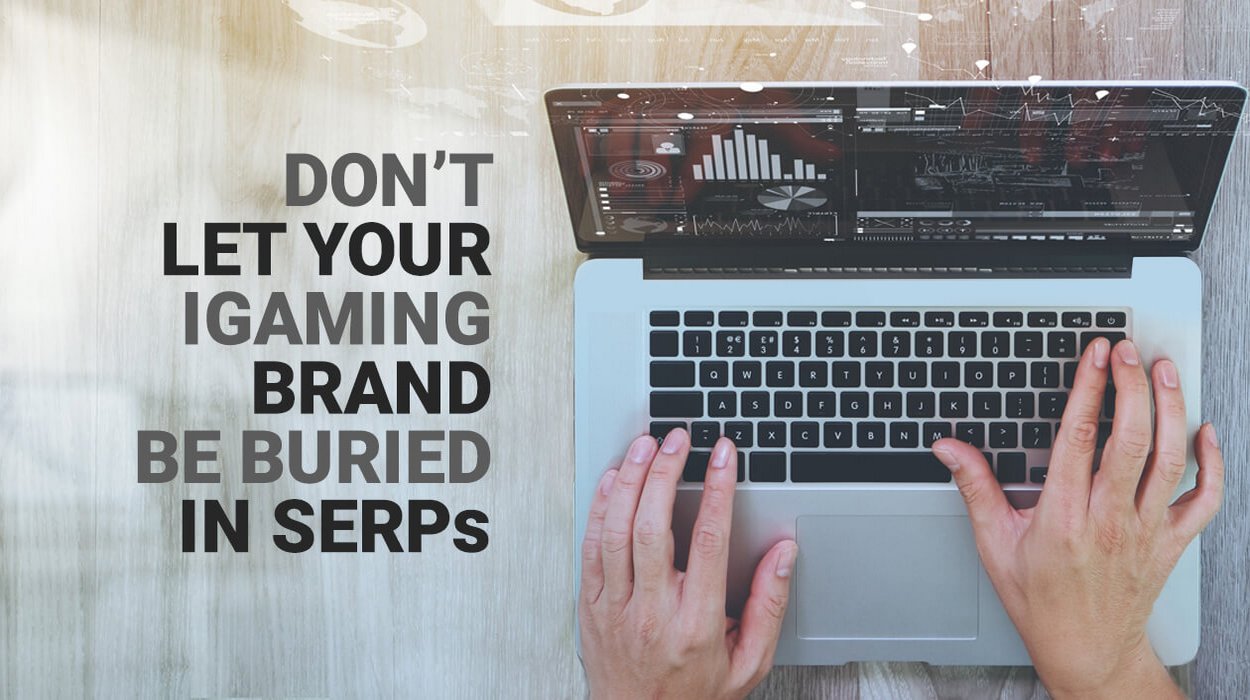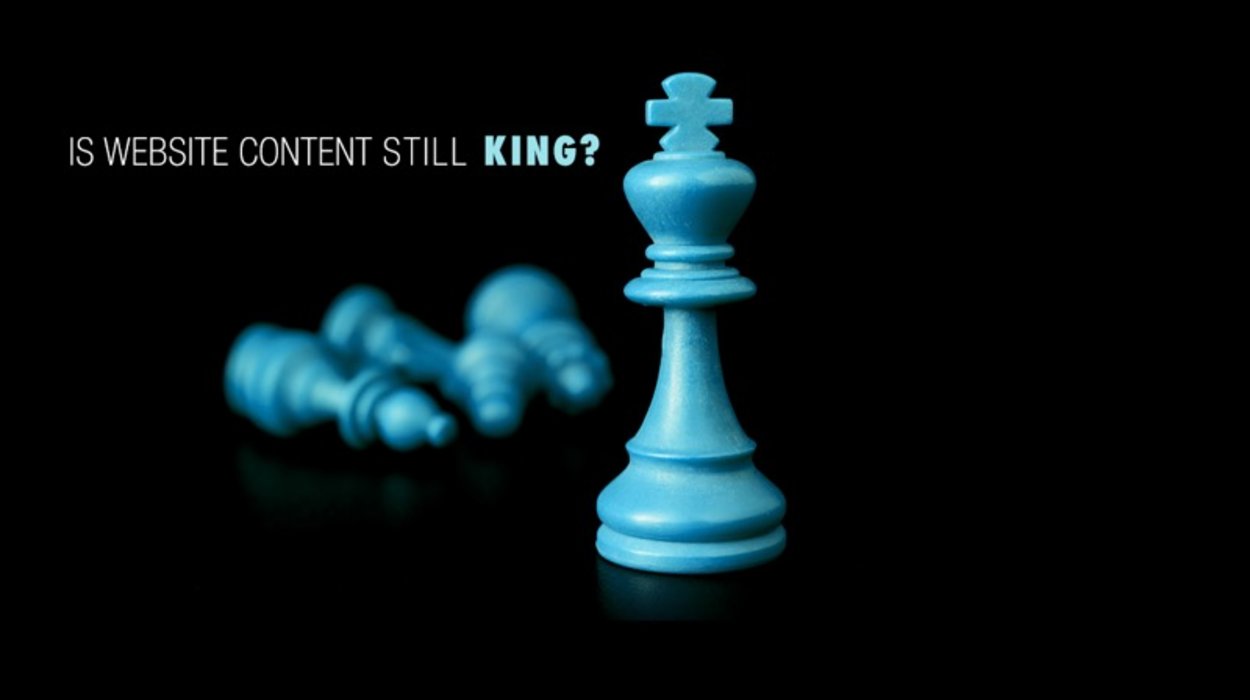
You’ve probably had this experience before: a friend of yours reads something on the Internet and believes it’s true, no matter how crazy it seems.
“I’m telling you,” your friend pleads. “I read it online!”
“Even if you did,” you explain calmly, “Cats are not spies from an advanced alien civilisation.”
“But I read it online!”
The Stanford Web Credibility Project seeks to put an end to these kinds of conversations, investigating what leads people to believe content on the Internet. Conducted by the Stanford University Persuasive Technology Lab, the project is an attempt to answer the following question: What makes a website credible?
After three years of research (involving over 4,500 people), the Lab has thus far compiled 10 guidelines, which will help websites enhance design and credibility.
Let’s explore the Stanford Web Credibility guidelines:
1. Make it easy to verify the accuracy of the information on your site.Third-party support (e.g., links to citations, references, source material) boosts credibility and confidence in content.
2. Show that there’s a real organisation behind your site.A physical address, office photo, or membership with the chamber of commerce can demonstrate your legitimacy.
3. Highlight the expertise in your organisation with content and services.Do you have experts on your team? Are you affiliated with respected organizations? Don’t hide them. Show off your credentials and avoid linking to outside sites that are not credible.
4. Show that honest and trustworthy people stand behind your site.Convey the trustworthiness of staff with images or text (e.g., bios involving family or hobbies).
5. Make it easy to contact you.Credible sites have clear contact information, including: phone number, physical address, and email address.
6. Design your site to look professional.Visual design counts. Pay attention to layout, typography, images, and consistency issues. Your visual design should match your site’s purpose.
7. Make your site easy to use and useful.Being easy to use and useful is a logical way to boost credibility. It’s also maybe the best way.
8. Update your site’s content often.People assign more credibility to sites that have been recently updated or reviewed.
9. Use restraint with any promotional content (e.g., ads, offers).If possible, avoid having ads or pop-ups. If you do have ads, clearly distinguish sponsored content from your own.
10. Avoid errors of all types, no matter how small.Use a clear, direct, and sincere writing style, and always double check for typos and broken links. These hurt a site’s credibility more than people imagine.
Taken together, these guidelines provide a great road map for effective web design and usability. More importantly, though, next time someone tries to tell you about something like the Mayan calendar, pointing to a dubious website as proof, you can just refer them to this list.
What do you think about these guidelines?


